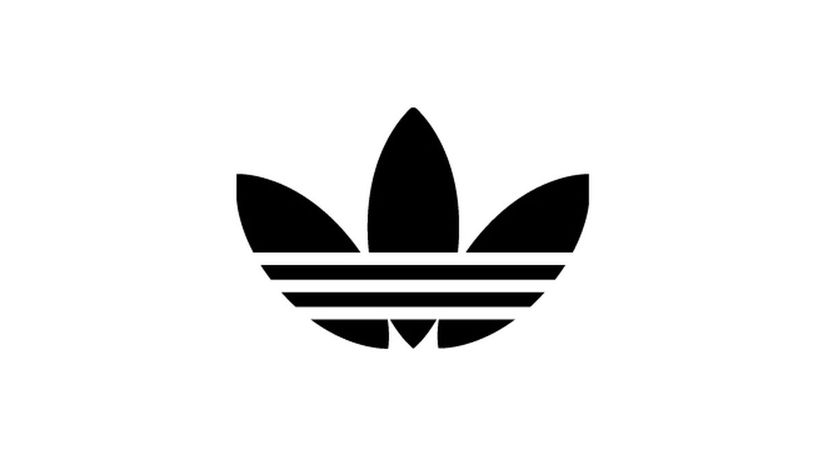
About This Quiz
A logo is the center of a brand. Find out why companies like Target, Apple, IBM and UPS are super successful with their brand image. On this quiz, you get to explore the humble design beginnings of today's top companies. Simply identify the enterprises depicted by their vintage emblems.
The highly recognizable logos of today have come a long way. Marketing experts have perfected the art of brand recognition by assessing logo effectiveness in several ways. One of the most fun ways to gauge logo victory is by using the squint test. If you are still able to recognize an emblem by squinting at it, then that logo earns major functionality points.Â
Customers that readily associate any or all attributes of a corporation's symbol to one or more positive life events is a huge plus. And if your company's logo retains visual integrity (color, size proportion, readability, etc.) on a range of mediums, text your designer "THANKS!" in all caps. Back in the '60s, logo whisperer and designer Paul Rand gave IBM a major image readjustment by changing its original logo to all caps. Rand basically propelled the technology company to mega status with that simple gesture.
We guarantee your amazement after reading some of the facts we've dug up about the logos you love to know. Your thrill awaits on the other side of a scroll!
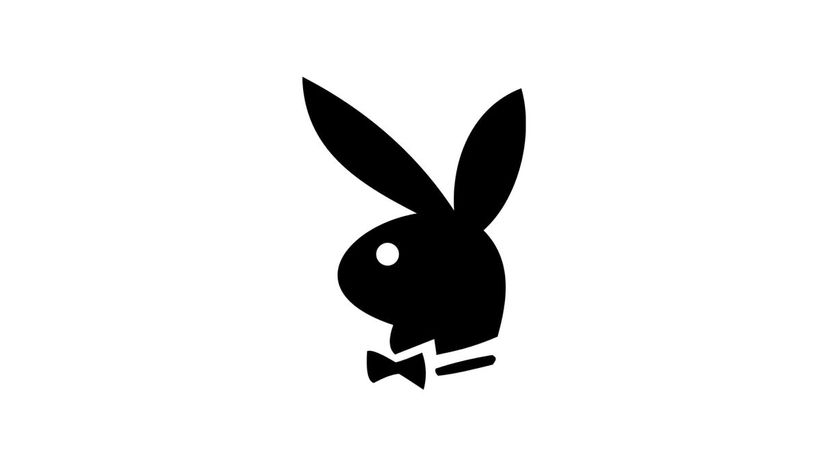
After advertising revenue started to slump, Playboy depended heavily on product licensing. Critics claim that doing so devalued the brand, as many of the products that use the Playboy logo have little to do with what the logo symbolizes.
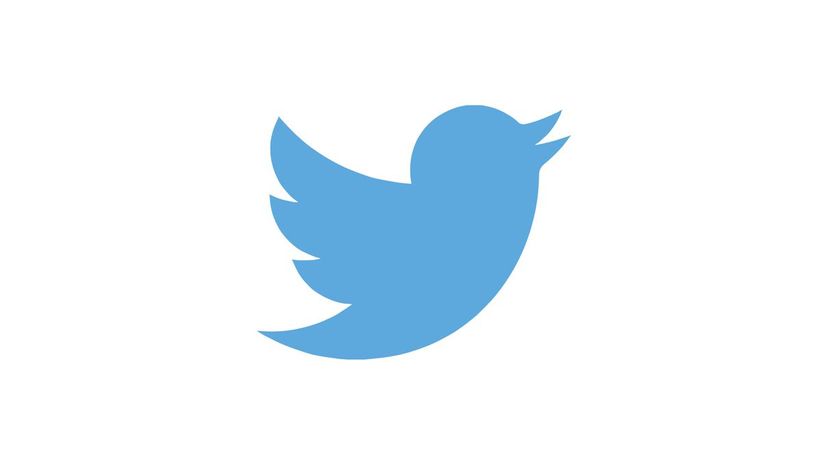
Twitter purchased the rights to its original bird logo mascot for $15 from designer Simon Oxley on iStock. Then the company adopted a bird image drawn by Biz Stone, one of the company's co-founders. Twitter has tweaked Stone's design through the years.

Google's newer san serif mark keeps the internet company's original color sequence. According to the company's design team, the chosen color palette connotes Google's playfulness, and the rotated "e" at the end of the logo is a nod to uniqueness.
Advertisement

Volkswagen was one of the main sponsors of the 2008 Beijing Olympics. Organizers of the Games were in a constant frenzy throughout the event covering with tape the logos of any brand that wasn't an official sponsor of the game.
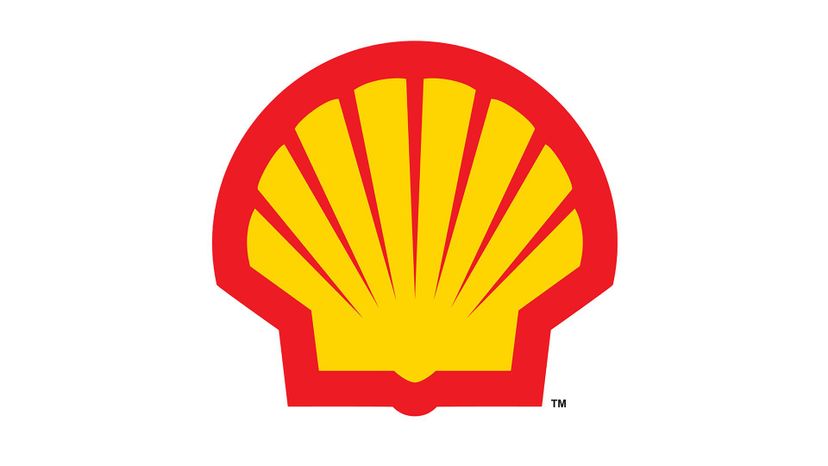
Shell's first logo emerged in 1891 when Marcus Samuel and Company shipped kerosene to the Far East. Conran Design Group was tasked with furnishing a modern logo and revamping the look of Shell's retail outlets.

Very often, Walt Disney would hand off important documents to be signed by his secretary or an associate. Inconsistent copies of the founder's signature eventually surfaced, and some fans would become frustrated after realizing that Mr. Disney's autograph was quite different from the company logo.
Advertisement
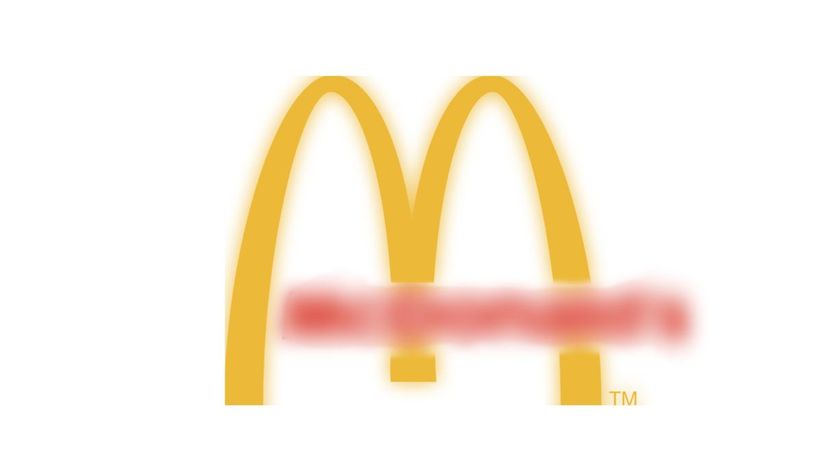
In 2007, McDonald's introduced new ingredients such as free range eggs and Rainforest Alliance-certified coffee. The fast-food giant adopted a new look for its products by redesigning food packaging in 2016.
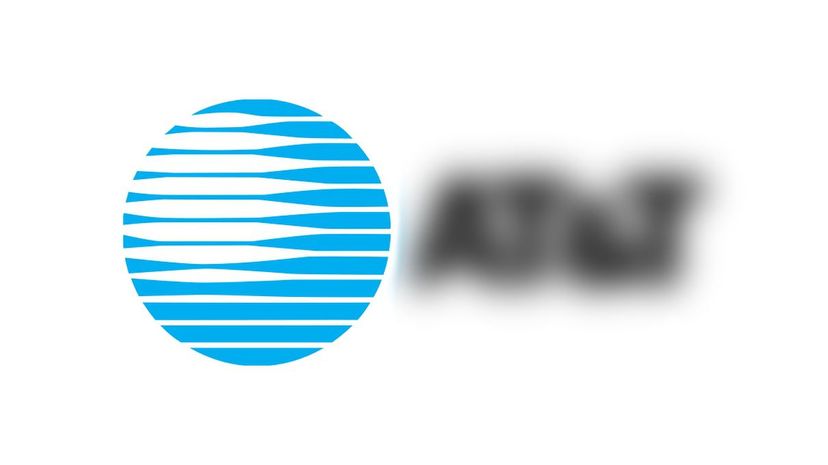
In the late 1990s, AT&T masked its identity in an attempt to shed its established image. The billion-dollar company masqueraded as Lucky Dog Phone Co. for a fresher brand image, which is a marketing strategy that many businesses have attempted.
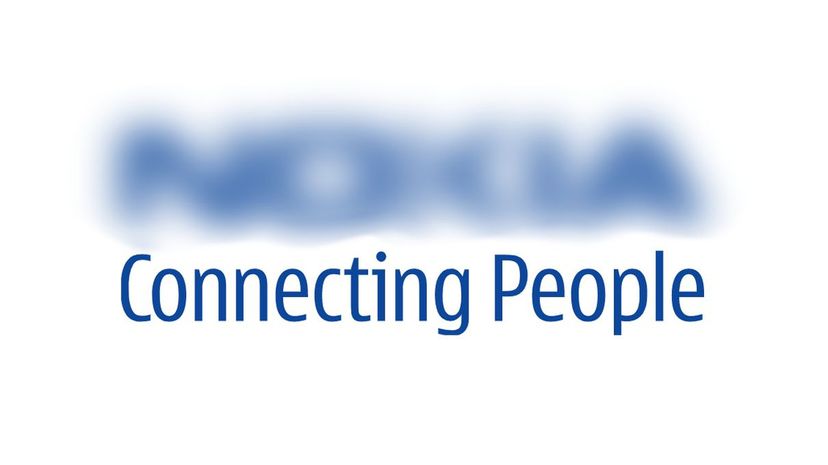
The Nokia 8800 was a limited edition phone that cost over $1000 U.S. The co-branded phone included the Aston-Martin logo etched on a stainless steel casing; the phone also featured a ringtone of an engine sound.
Advertisement
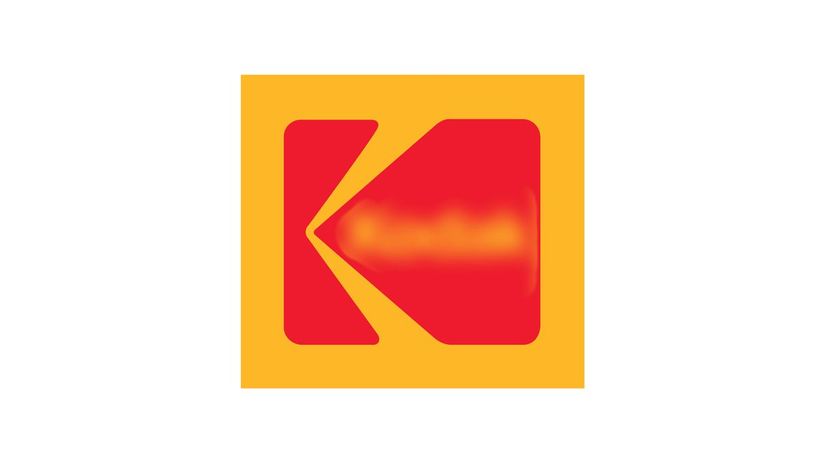
Design consultancy firm Work-Order is responsible for Kodak's revisionist logo, which was released in 2016. Kodak's new logo debut coincided with the launch of the company's first Android smartphone Ektra.
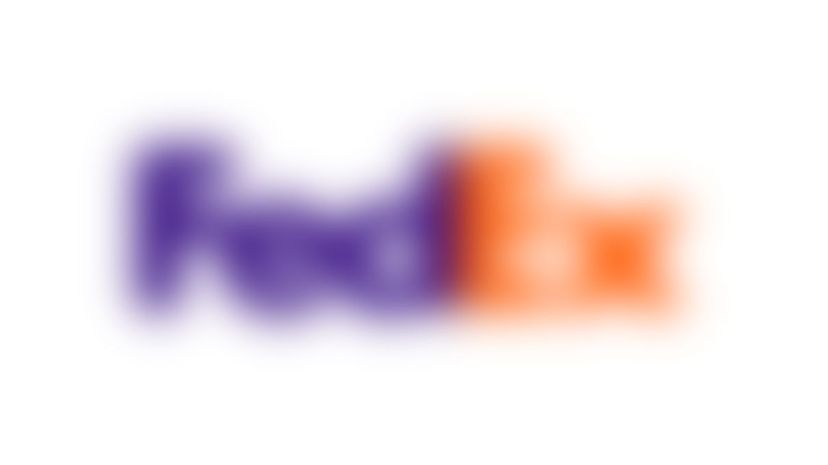
In 1994, Lindon Leader of Landor Associates designed the tricky Fedex Corp. logo. The notable emblem incorporates an optical illusion created between the letters "e" and "x," which form a forward-pointing arrow.
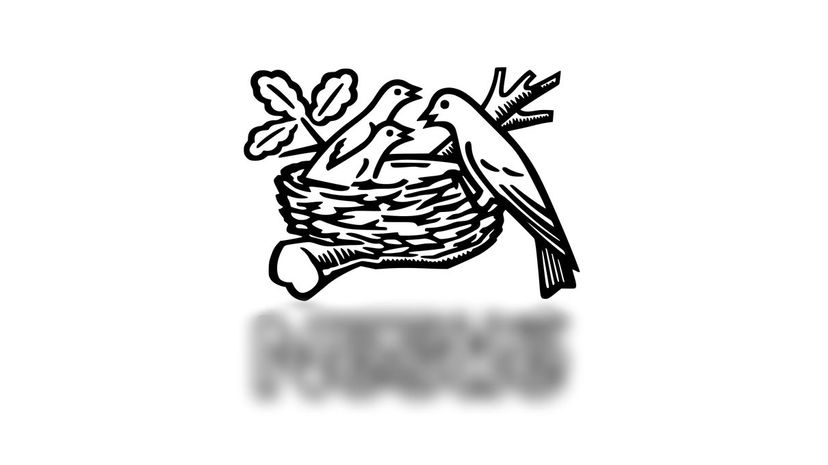
Some social media users have rebranded Nestle in a less than favorable light using Kit Kat candy bar imagery. Also, the company lagged on securing ownership rights in the United Kingdom, and the European Court of Justice has denied the Kit Kat trademark.
Advertisement
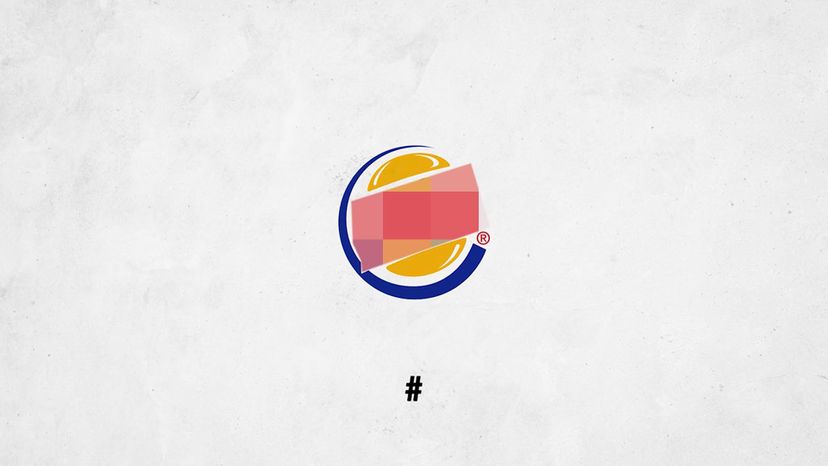
During "Free FryDay" on January 2, 1998, Burger King served up samples of over 15 million of its new fries in a stainless-steel kitchen inside a 48-foot "Fry Mobile." Mr. Potato Head, the official "spokespud," donned a rotating Burger King logo on the mobile kitchen's exterior.
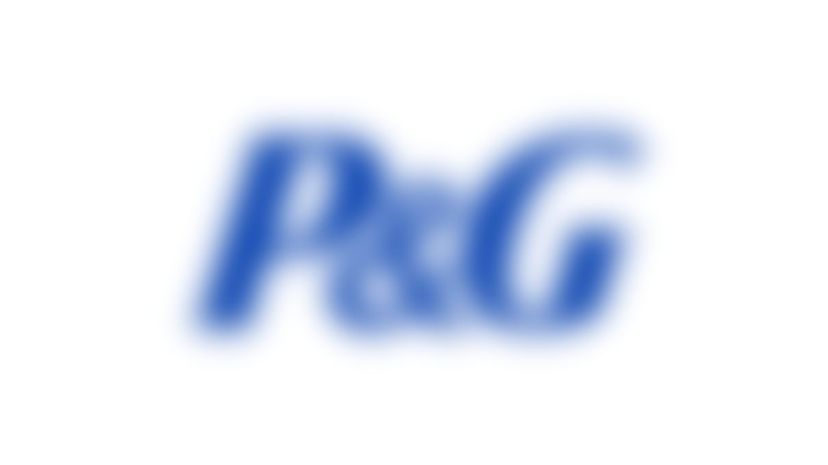
Procter & Gamble established a consumer research department in the late 1800s from sales of Ivory soap. For a subsidiary brand, Artist Richard Black conceptualized the company's original Mr. Clean brand icon as a bald, husky man wearing one gold earring.
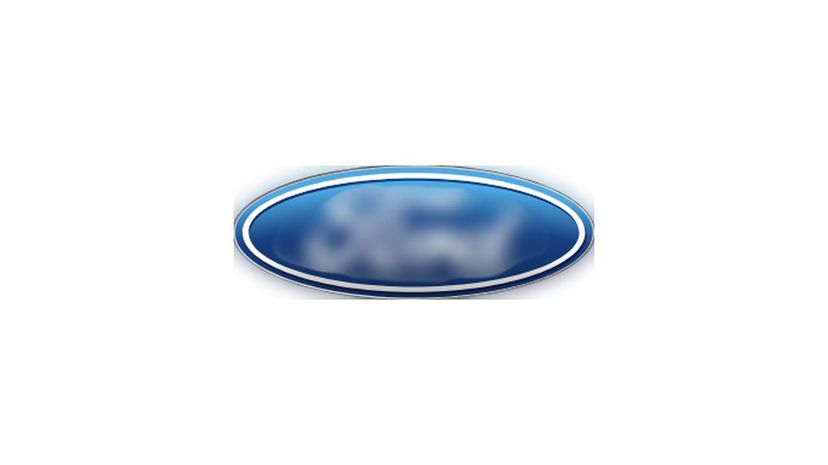
To avoid bankruptcy in 2006, Ford sold its blue oval logo as collateral to secure the billion-dollar loan. Supposedly, the company was able to get the logo released in 2012 after two major rating agencies gave Ford an investment grade rating.
Advertisement
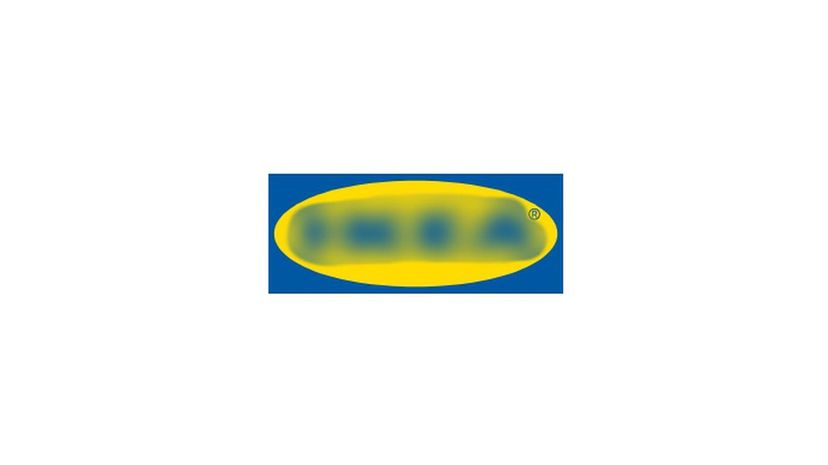
Ikea China lets prospective buyers have full reign of company product and space. On any given shopping day, you might see customers sleeping on Ikea's European-styled beds or reading books on sofas. At least one Ikea store in China hosted a small series of weddings.
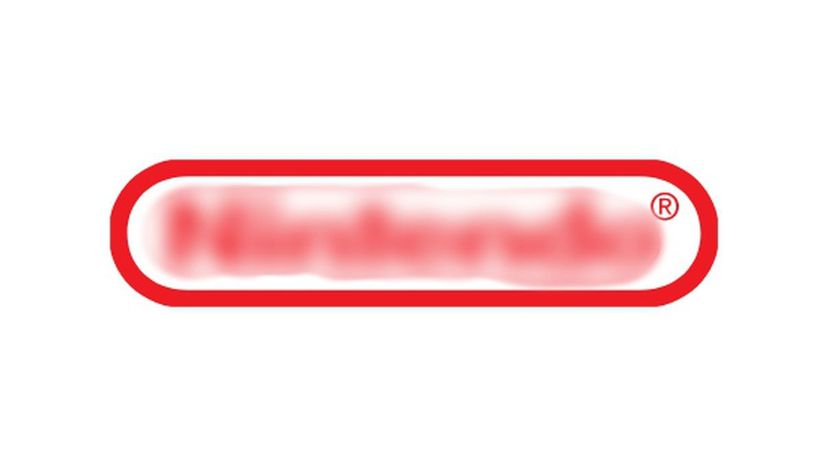
As of April 26, 2018, Nintendo Co. Ltd. racked in over nine billion dollars in revenue, much thanks to the March 2017 release of the Nintendo Switch gaming console. Nintendo Switch is the quickest-selling gaming console in U.S. history.
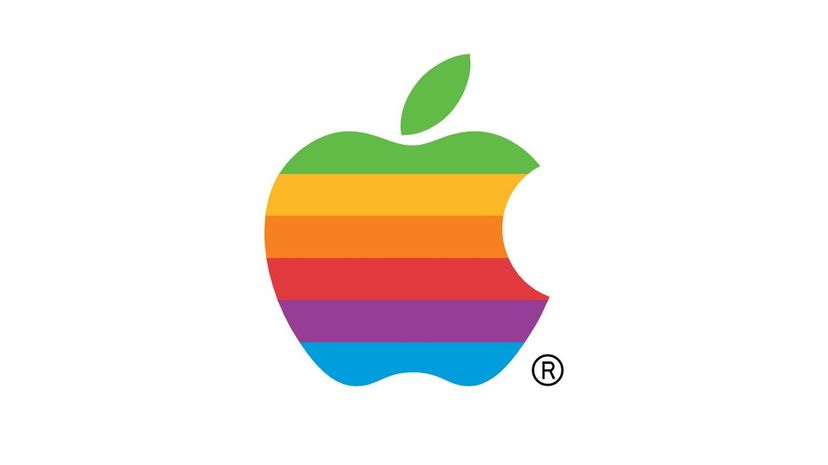
In a UCLA study, only seven out of 85 students were able to draw Apple's logo from scratch without needing to study it beforehand or without making any big mistakes. Eighty-nine percent of the study's participants were Apple users.
Advertisement
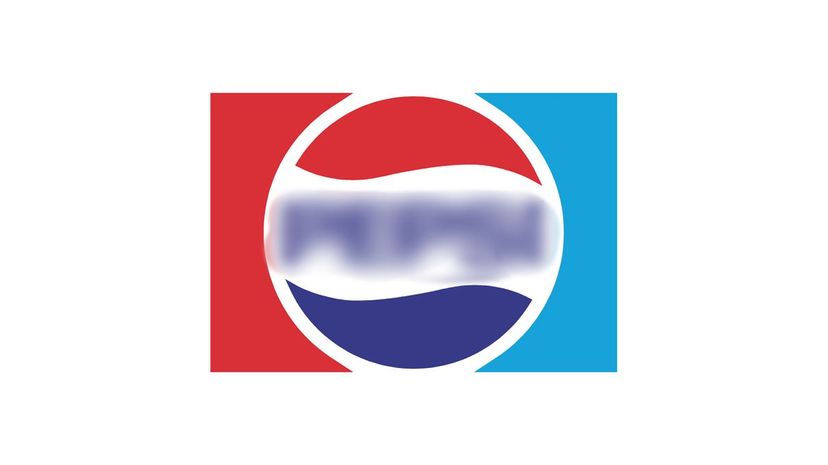
In 2017, a lobster located near New Brunswick, Canada was found with a Pepsi logo imprinted on its claw. Some environmentalists have speculated that debris on the ocean's floor may have become affixed to the creature during its development.
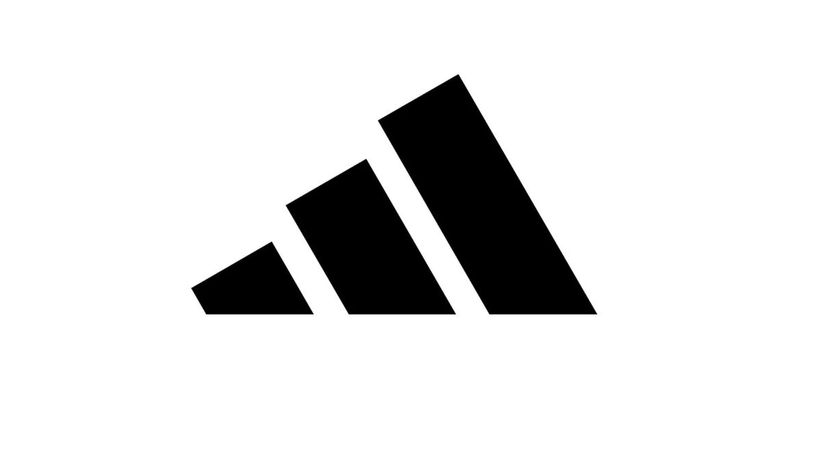
The collective success of British athletes during the 2012 London Games was a tremendous marketing boost for sponsor Adidas. The German sportswear company also showcased its logo on outdoor venues, it called "adizones," throughout the United Kingdom during the Summer Games.
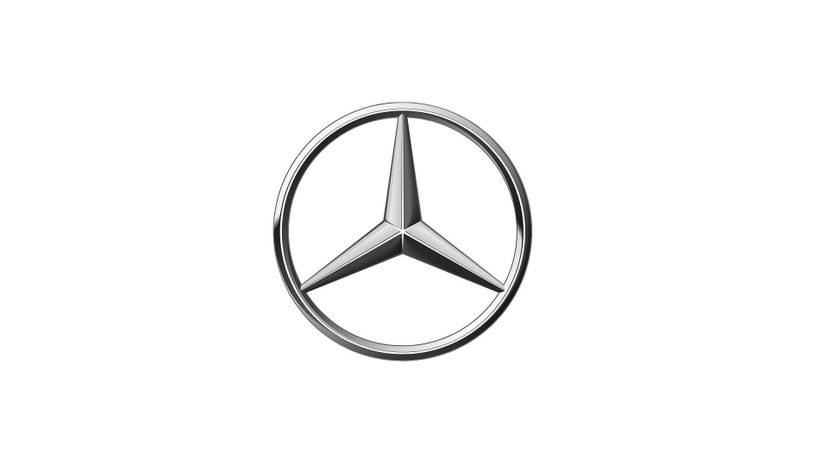
Mercedes-Benz has sought to merge its offline and online branding to appeal to a younger buying audience. The company's main focus is to learn the purchasing behaviors of its existing youthful consumer base.
Advertisement

Canon was established as Precision Optical Industry Company, Ltd. in 1937 before it was renamed Canon Camera Company, Inc. in 1947. Canon entered the business machine sector by launching an electronic calculator in 1964.
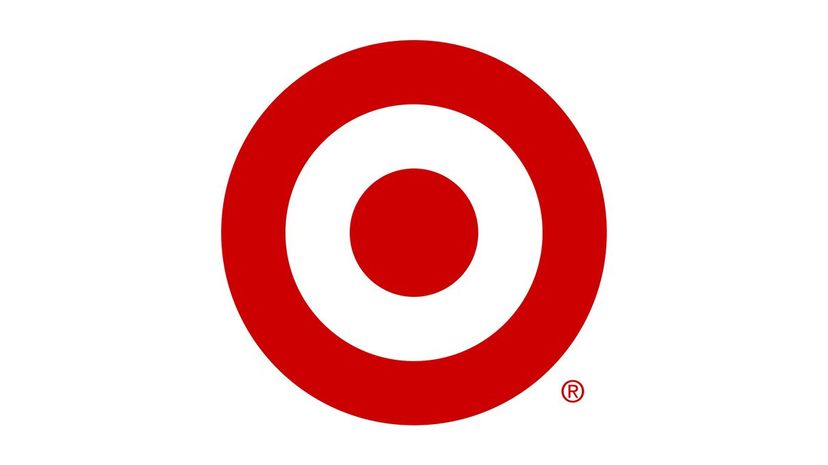
Target started as Dayton Dry Goods Co. in 1902. The first Target store opened its doors in 1962, the company unveiled its legendary bullseye logo in 1968. The Target logo is one of the most recognizable corporate logos in the United States.
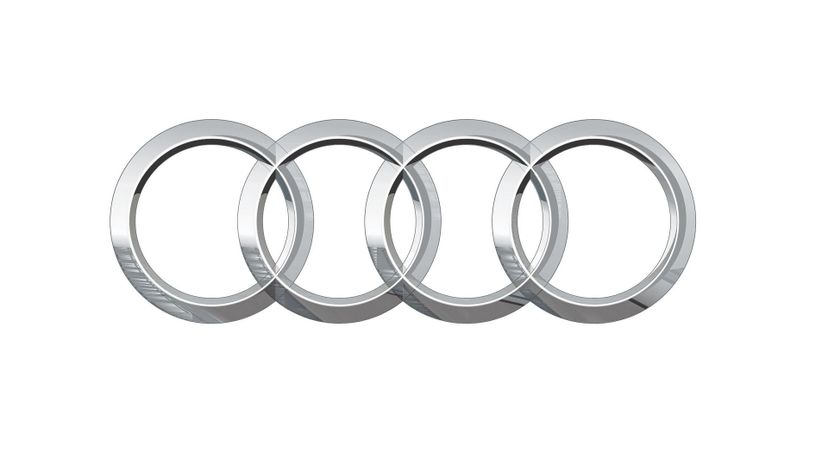
Prior to Audi's 2009 logo revamp, its emblem redesign in the 1990s aimed for balance. The 2009 update focused on a more contemporary look by giving the logo's matte rings a metallic finish.
Advertisement

Samsung joined IMEC to develop technology used in mobile products, and launched 3G handsets that same year in 2005. Samsung and Limo developed a Linux operating platform with Motorola and NEC in 2007.

According to Amazon, customers expect a pleasant shopping experience and a vast selection of products when visiting the company's online platform. The newest logo's smile is meant to connote customer satisfaction.
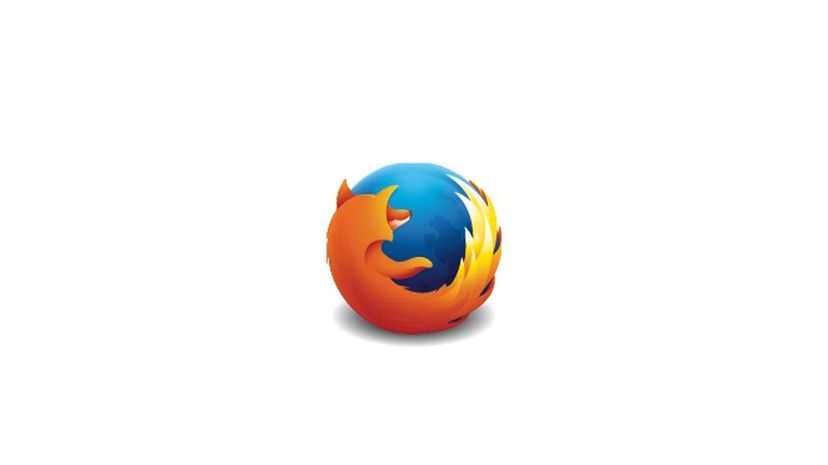
Tech experts at Oregon State University's Open Source Laboratory celebrated the 200-millionth download of Mozilla's Firefox internet browser by creating a 200-foot crop circle of the logo in a field near McMinnville, Oregon. Google satellite took pictures of the magnified logo for the world to view.
Advertisement

In 1995, LG acquired electronics company Zenith, and began accessing Microsoft patents in 2007. LG entered into a $370 million deal with Volkswagen to supply the car maker with audio systems starting in 2012.
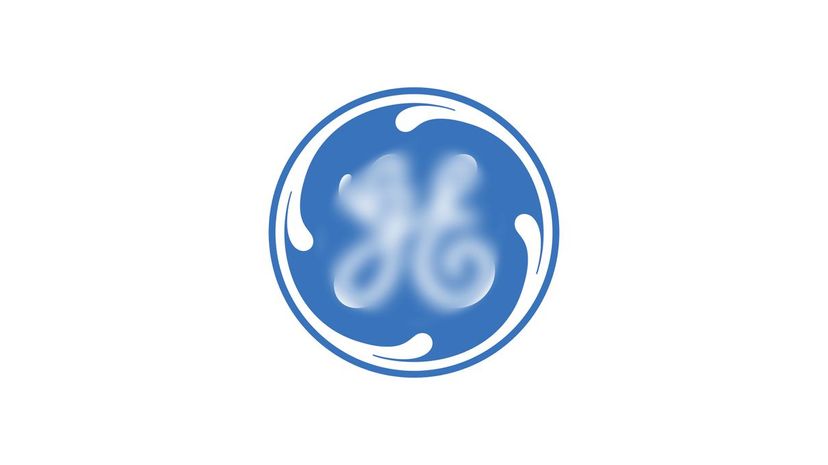
General Electric, a company that began by developing cooking and heating devices in 1907, has expanded into a plethora of technology sectors, including terminal automation systems. General Electric continues to develop heating technologies.

Logo master Paul Rand designed the United Parcel Service logo, which FutureBrand redesigned in 2003. The graphic takeover caused much disappointment among design artists across the globe.
Advertisement

Verizon was incorporated as Bell Atlantic in 1983. The new logo was launched when Bell Atlantic merged with GTE to become Verizon Communications Inc. The newly formed company set out to craft a brand ID that symbolized simplicity.
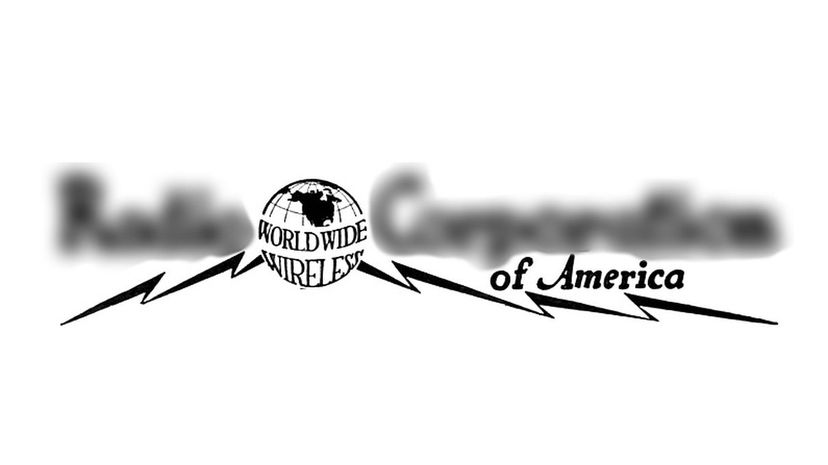
After acquiring RCA Corporation in 1986, General Electric continued to use the RCA logo on a line of appliances. General Electric kept the rights to the RCA logo after selling off RCA product lines.
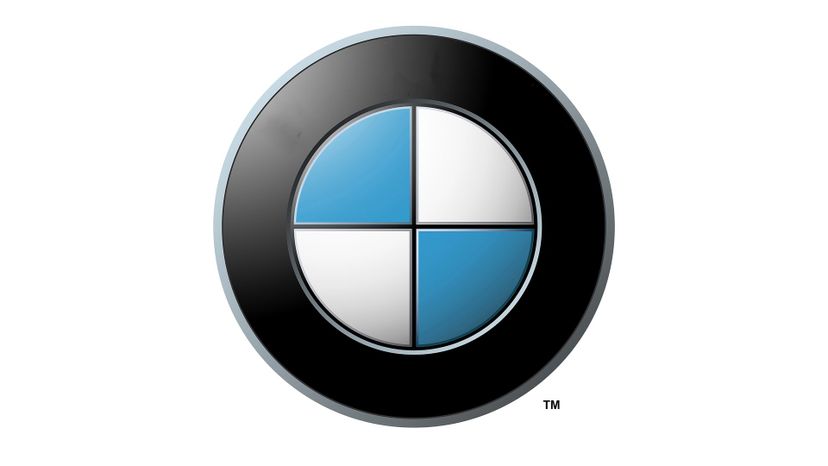
KKLD Berlin designed the two-dimensional black and white logo for the BMW Mini; the image consists of a wheel and a wing. Bayerische Motoren Werke Group unleashed a revised branding concept for elite models: i8 roadster, x7 and 8-series coupe and convertible.
Advertisement
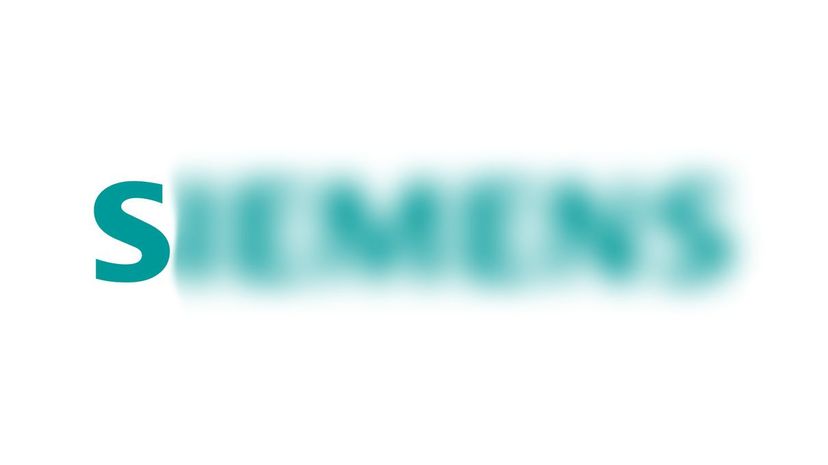
Headquartered in Frankenthal, Germany, Siemens manufactures compressors, turbines and fans. The company specializes in power generation, parts replacement and aerodynamics engineering applications.
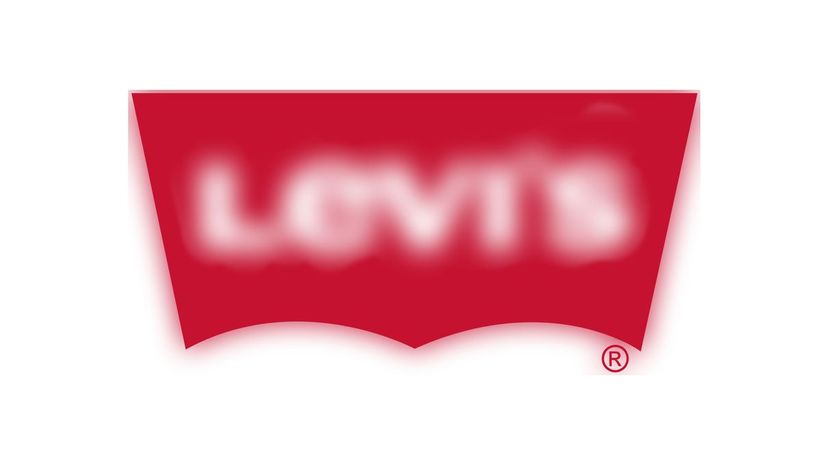
The Levi's brand is most famous for denim jeans. Born in Buttenheim, Bavaria, founder Levi Strauss worked with is brothers in New York City in the wholesale goods business before launching his own importing business in San Francisco, California in 1853.

Renault opted to revised a seven-year-old-slogan in an attempt to heighten its brand appeal. Renault's Chief Executive Officer Carlos Ghosn announced the change at the 2007 International Motor Show in Frankfurt. Renault modified the company's existing diamond-shaped logo.
Advertisement
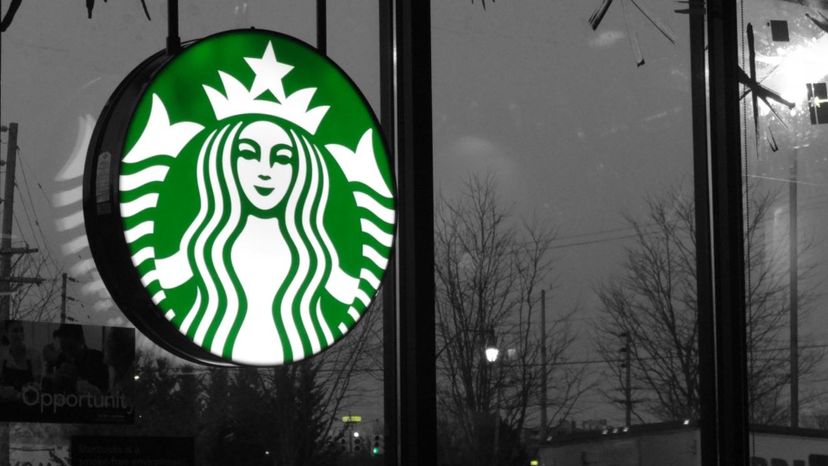
Starbucks's most recent logo, released in 2011, is the coffee company's fourth logo since the brand was founded in 1971. The original brand image of a brown bare-chested mermaid has evolved over time.
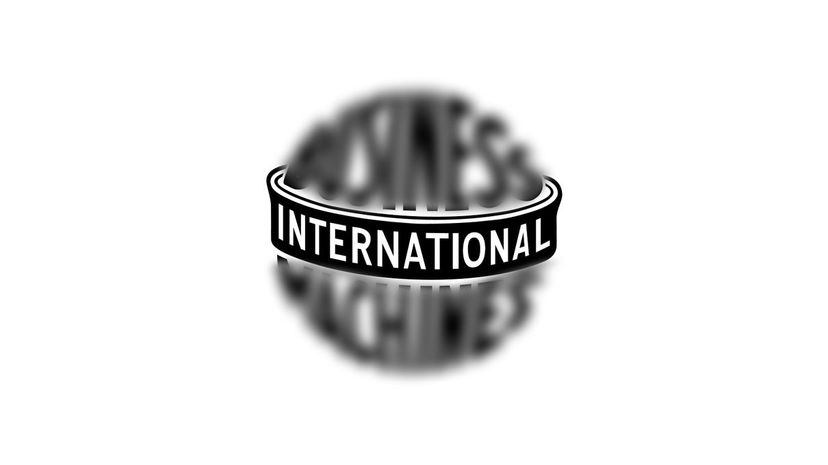
Paul Rand was brought on as a consultant in 1956 when IBM first transitioned into computing products. Rand waited four years before unveiling IBM's iconic stripes, and he insisted that the company be consistent in its use. The company manual included instructions for how to use the logo.
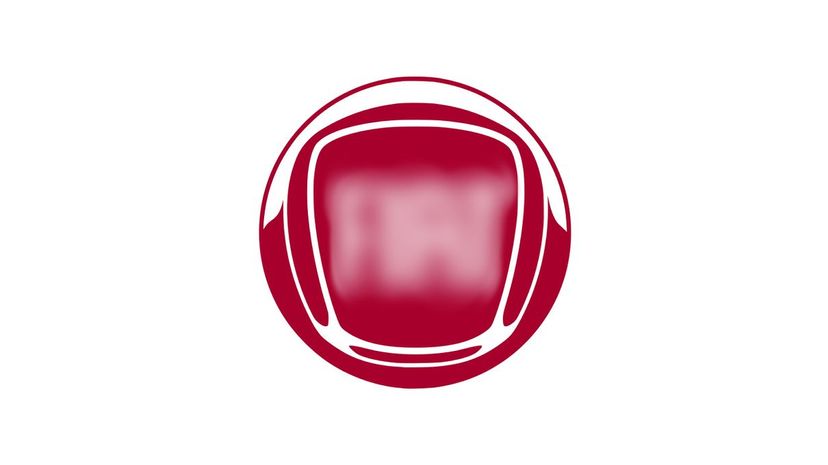
Incorporated in 1899, Fiat operated in the steel and railway industry in 1917. Fiat ventured into manufacturing tractors, such as the Nastro d'Oro, in 1960. In 2011, the company acquired the U.S. Department of Treasury's six percent stake in Chrysler Group.
Advertisement

A Polaroid camera from the late '70s motivated Instagram's Chief Executive Officer Kevin Systrom to design the company's first logo. Graphic designer Cole Rise produced the follow-up insignia in 2010.